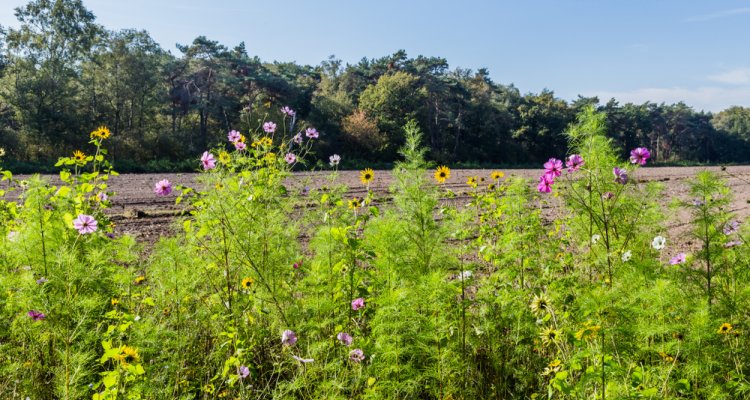
PhD defence
Biodiversity in circular food systems
Summary
Circularity has been shown to reduce land use and GHG emissions of food systems. But how about biodiversity? In this thesis we used both systematic literature reviews and modelling to understand how we can enhance biodiversity in circular food systems. We found multiple agricultural practices (i.e., no tillage, no pesticide, solid organic fertilizer, cover crops and natural buffer areas) that are promising to enhance above- and belowground biodiversity in circular food systems. When integrating those practices into circular food system models, we found that biodiversity was enhanced under a land sharing scenario (low-intensity farming to enhance on-farm biodiversity), while land use was not expanded and greenhouse gas emissions (GHGe) were reduced by 44%. In contrast, under a land sparing scenario, i.e., focused on reducing land use, land use was reduced by 81%, which would allow for improving biodiversity via rewilding agricultural land. In this scenario GHG emissions were reduced by 65%, but biodiversity on the agricultural land was not enhanced. Both scenarios required a shift in diet, generally including more plant-based food. To conclude, circular food systems have the potential to enhance biodiversity via land sparing or sharing, and this goes hand-in-hand with reorganizations in the food system and diet.